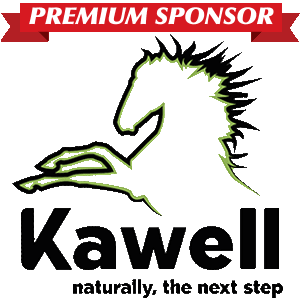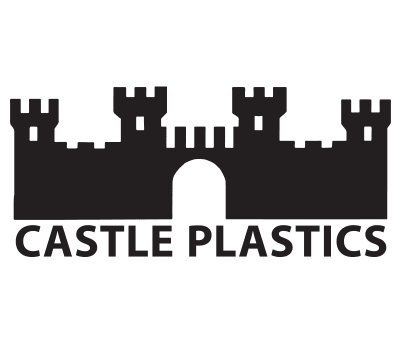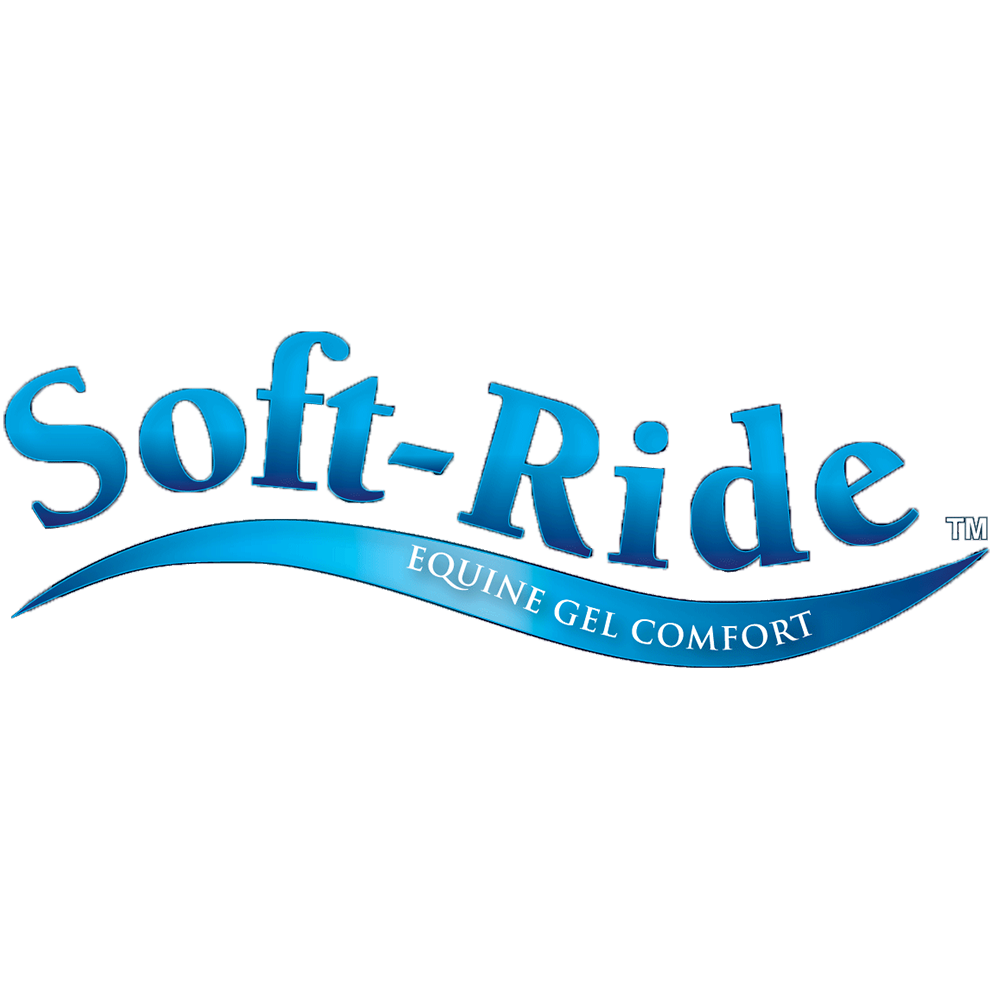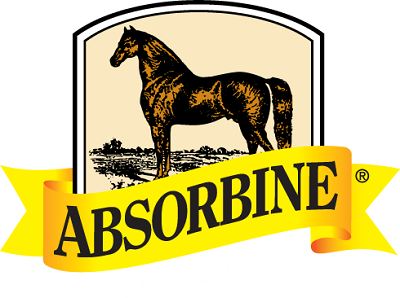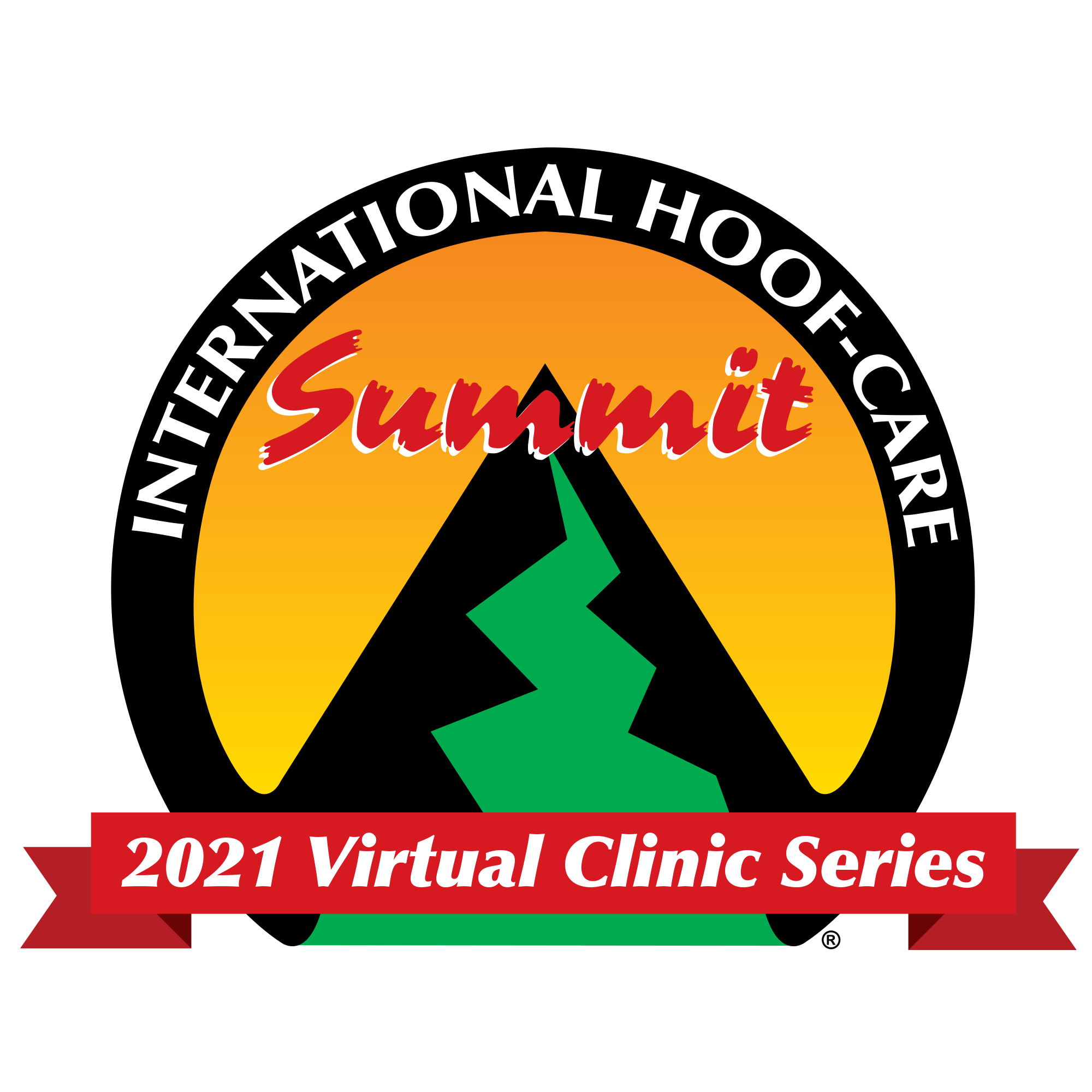
INTERNATIONAL HOOF-CARE SUMMIT
2021 Virtual Lecture Series
Did you miss February's live and on-demand sessions Focusing on the monthly theme of "Therapeutic Shoeing?"
Sign up today for $99 and gain access to replay each live and on-demand session below that was featured during February's program focusing on Therapeutic Shoeing."
You'll also get access to each session available in March, plus HOURS of additional live and on-demand sessions that will be released each month through September 2021!
schedule of monthly virtual clinic themes
September: Improving Product Use and Application
(Coming Soon)
August: Building a Better Business and Client Management
(Learn about August's program here)
July: The Future of Evidence-Based Farriery
(Learn about July's program here)
June: Anatomy and Biomechanics
(Learn about June's program here)
May: Managing Foot Diseases
(Learn about May's program here)
April: Shoeing for Specific Disciplines
(Learn about April's program here)
March: Better Footcare Basics
(Learn about March's program here)
February: Therapeutic Shoeing
(Learn about February's program below)
february PROGRAM THEME: therapeutic shoeing
Brought to you by:
GET REPLAY ACCESS TO february'S SESSIONS...
LIVE PANEL DISCUSSION:
Helping Horses Overcome Soft Tissue Injuries
Sign up today to receive access to on-demand replays of a 2-part session that was held on Feb. 9 and Feb. 20.
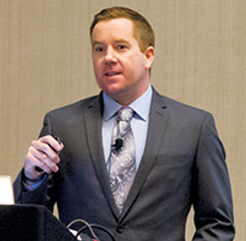
MODERATOR:
Stuart Muir, Farrier, Lexington, Ky.
PANELISTS:
Todd Allen, Farrier, Vandergrift, Pa.
Travis Burns, Chief of Farrier Services and Lecturer, Virginia-Maryland College of Veterinary Medicine, Blacksburg, Va.
Nick Denson, Farrier Sagamore Beach, Mass.
Dr. Adam Pendleton, Farrier and Veterinarian, Marblehead, Ohio
Tim Shannon, Farrier, Moreno Valley, Calif.
What are your toughest challenges when seeking solutions for helping horses overcome soft tissue injuries? Join a live panel discussion of footcare experts who will discuss this topic and answer your specific questions.
LIVE ONLINE Q&A SESSION
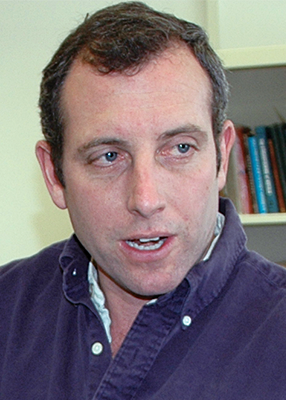
VIRTUAL CLINICIAN:
Pat Reilly, Chief of Farrier Services, Univ. of Penn. New Bolton Center
In this session, University of Pennsylvania Chief of Farrier Services Pat Reilly will answer your questions related to managing foot fractures and working in a veterinary-farrier team. Before you join this live Q&A, be sure to watch Reilly's 2021 Virtual Clinic Series on-demand session, "Management of Fractures Within the Hoof session."
LIVE ONLINE Q&A:
Hoof-Care Insight and Product Innovation
VIRTUAL CLINICIAN:
Esco Buff, Farrier, Webster, N.Y.
Kawell began as a project to develop products based on copper to take advantage of its antimicrobial properties and its benefits in providing solutions to diseases associated with bacteria and fungi. Through research and several case studies, Kawell has developed proven copper alloy horseshoe and inserts to help improve hoof health and the overall quality of a horse's hoof. In this live Q&A session, Kawell clinician Esco Buff will answer questions about copper-alloy horseshoes and share advice on improving footcare.
ON-DEMAND VIRTUAL CLINIC:
Management of Fractures Within the Hoof

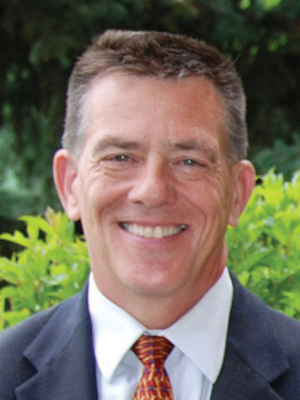
VIRTUAL CLINICIANS:
Pat Reilly, Chief of Farrier Services, Univ. of Penn. New Bolton Center
Dr. Dean Richardson, Equine Surgeon, Univ. of Penn. New Bolton Center
We all know it takes a team to care for the horse. But the work the veterinarian-farrier team is especially critical when treating hoof fractures. Dr. Dean Richardson and Pat Reilly of the University of Pennsylvania’s New Bolton Center will discuss practical approaches to addressing fractures and how their work with each other is essential for achieving the best results for the horse.
WATCH NOW: Presentation Preview with Pat Reilly
ON-DEMAND VIRTUAL CLINIC:
Creative Uses for Hospital Plates on Horses
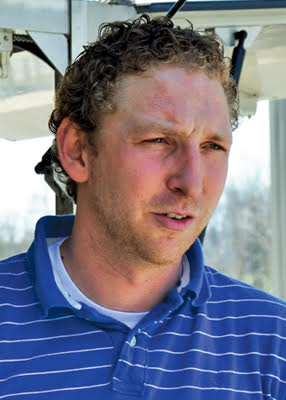
VIRTUAL CLINICIAN:
Travis Burns, CJF (TE), AWCF
Chief of Farrier Services and Lecturer, Virginia-Maryland College of Veterinary Medicine, Blacksburg, Va.
From his experience as the Chief of Farrier Services at the Virginia-Maryland College of Veterinary Medicine, Travis Burns sees many therapeutic cases that require creative thinking for a shoeing solution. Hospital plates are common tools he uses to help horses in need. In this session, he will give guidelines for selecting and applying these useful therapeutic devices. He’ll also provide tips and ideas on fabricating hospital plates.
WATCH NOW: Presentation Preview with Travis Burns
ON-DEMAND VIRTUAL CLINIC:
Therapeutic Shoeing Packages for the Performance Horse
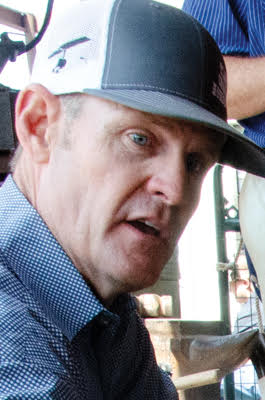
VIRTUAL CLINICIAN:
Blane Chapman, Farrier, Vernon, Texas
It’s not a matter of if, but when an equine athlete sustains an injury while training or competing in the show ring. What are your therapeutic shoeing options to keep the horse in competition or return it to the ring as quickly and safely as possible? Vernon, Texas, farrier Blane Chapman will share how he evaluates a horse’s needs and the strategies for applying the therapeutic shoeing packages that he uses in his successful hoof-care practice.
WATCH NOW: Presentation Preview with Blane Chapman
PLUS...
GET EXCLUSIVE ACCESSS TO Top-Rated Therapeutic shoeing Sessions from Previous International Hoof-Care Summits

Register today and you'll receive on-demand access to best-of-the-best Therapeutic Shoeing presentations from past International Hoof-Care Summits:
Principles and Solutions for Helping Horses with Poor Sole Depth
Dr. Sammy Pittman, Veterinarian and Farrier, Collinsville, Texas
Management of horses with poor sole depth is a common challenge for farriers, regardless of the breed or discipline. In this presentation, Collinsville, Texas, farrier and veterinarian Sammy Pittman will pull from his practice to review practical strategies for helping these horses, as well as cautionary advice.
Why You Shouldn’t Miss This: Gain some ideas to utilize when you need a fresh perspective on horses with poor sole depth.
Recognizing and Treating Angular Limb or Flexural Deformities in Foals
Steve Kraus, Cornell University Head of Farrier Services
Cornell University Head of Farrier Services Steve Kraus will provide this overview of the common conformational problems encountered in young horses.The key to developing correctly formed legs that will stay sound is early recognition and appropriate treatment.Some of these horses will need more exercise, some need less. Come to this lecture and find out which. This lecture will present several cases from the Cornell veterinary clinic as examples.
Why You Shouldn’t Miss This: Learn that timetables critical in development when working with young horses.
Regardless of the Modality, Basic Farrier Principles Must be Addressed in Therapuetic Cases
Mitch Taylor, Kentucky Horseshoeing School
When Mitch Taylor of the Kentucky Horseshoeing School took his sabbatical in a Qatar veterinary hospital for 18 months, he was presented with numerous challenging cases. In this presentation, Taylor will review these cases, which often took some creative approaches. But to gain the desired result in each, he stresses principles vs. a one-size-fits-all approach.
Why You Shouldn’t Miss This: Gain alternative ideas on certain cases you may encounter.
The Use of the Heart-Bar Shoe
Jay Tovey, Farrier, Bedford, England
In this presentation, Bedford, England, farrier Jay Tovey will draw from his footcare work and research to compare the more traditional half-frog plate, which engages one side of the frog with the full-frog plate, half heart-bar shoe. Tovey will question common concepts by asking if a full frog plate is used, then should the shoe of choice actually be the full heartbar shoe?
Why You Shouldn’t Miss This: Take home new thoughts that will aid your reasoning when considering frog support.
Together We Can Eradicate Club Foot
Dr. Simon Curtis, Farrier and Researcher, Newmarket, England
Newmarket, England, farrier and researcher Simon Curtis reminds that club foot is the result of an unresolved flexural deformity affecting the distal interphalangeal joint. The combined myotendinous unit causes a positive rotation in the distal phalanx and leads to a deformity to the hoof capsule. Club foot in maturity is untreatable, although it may be mitigated by skillful farriery. In this presentation, he stresses that early recognition and treatment of the flexural deformity successfully eradicates club foot.
Why You Shouldn’t Miss This: Gain knowledge on the four treatments used to ensure a favorable outcome.
Radiographs in the Use of Farriery
Dr. Scott Pleasant, Virginia-Maryland College of Veterinary Medicine
The common use of radiographs has helped improve equine care. But when presented with a radiograph, what considerations should you give as a farrier to its interpretation? In this presentation, Scott Pleasant of the Virginia-Maryland College of Veterinary Medicine will pull from cases he’s worked on to give insights on using radiographs in shoe placement. His presentation also will show whether what we expect will happen to the foot does with preand post-shoeing radiographs.
Why You Shouldn’t Miss This: Pick up information to help you read radiographs when a veterinarian provides them to you in terms of how you should shoe the horse.
Causes and Diagnoses With Navicular Apparatus, Part 1 and Part 2
Dr. Scott Pleasant, Virginia-Maryland College of Veterinary Medicine
Travis Burns, Chief of Farrier Services and Lecturer, Virginia-Maryland College of Veterinary Medicine, Blacksburg, Va.
Learn more
In this lecture, we pair a veterinarian and farrier who work together to address a common foot problem. In the first talk, Dr. Scott Pleasant of the Virginia-Maryland Regional College of Veterinary Medicine will first survey anatomy of the navicular apparatus and then discuss the factors that lead to injury. He’ll explain how diagnostics help paint a picture of what the issue is and what to communicate to the farrier who will manage the footcare.
"Virginia-Maryland Regional College of Veterinary Medicine farrier Travis Burns will explain the importance of communication with the vet to create a solution to address this issue. He’ll cover several considerations of shoeing options available to the farrier, as well as what you should think about when determining application of the shoe or alternative device.
Foal Limb Deviations: Identification and Management Techniques
Kirk Adkins, Farrier, Vacaville, Calif.
Every year, thousands of foals are born with or acquire angular limb deformities. Depending on the case, these can range from mild to severe. Vacaville, Calif., shoer Kirk Adkins will pull from his decades of experience in working with foals for this presentation. He’ll instruct on what farriers can — and can’t — influence when working with angular limb deformities. Likewise, if veterinary surgery is involved, what should the farrier be prepared to do post-surgery?
The Caudal Aspects of the Foot
Danvers Child, Farrier, Lafayette, Ind.
The front half of the foot gets much of the attention in various shoeing protocols, but what about the landmarks and structures toward the back half? In this presentation, Lafayette, Ind., farrier Danvers Child will illustrate how this area where the bony attachment ends is where things begin to collapse and provide various issues for farriers to manage. Furthermore, to properly address these issues, are we adequately discussing what is actually happening?
Why You Shouldn’t Miss This: Walk away with a fresh perspective on issues facing this anatomy and ideas on managing them.
Why Equine Bones Break and Tendons Rupture
Dr. Renate Weller, Researcher
and Veterinarian, Royal Veterinary College
The vet-farrier team may have to come together to overcome the challenge of a catastrophic injury to a performance horse. But what actually caused this challenge to occur? In this presentation, Renate Weller, a researcher and veterinarian at the Royal Veterinary College in England, will discuss the functional anatomy of the horse in relation to these injuries. By understanding the anatomy of the horse and the physics placed on their day-today work, Weller believes we should have a greater appreciation of how these horses remain sound at all.
Why You Shouldn’t Miss This: Gain insight into how complex variables in the footcare strategies can help prevent severe limb and foot injuries to performance horses.
Shoeing the Hind Limbs for Performance and Therapy, Part 1 and Part 2
Dr. Hans Castelijns, Veterinarian and Farrier, Cortona, Italy
Normal biomechanics of the equine hind limb is quite different from the fore limb. Researchers have compared the horse’s front limb to a weight supporting “elephant-like” limb, and the hind limb to a propulsive “cat-like” limb. In this presentation, Cortona, Italy, veterinarian and farrier Hans Castelijns will survey the anatomy and biomechanics of the hind limb. This will lead him to review how the soundness of the hinds can be compromised.
Why You Shouldn’t Miss This: Gain valuable information on the hinds that will be necessary to learning the strategies presented in Castelijn’s Friday afternoon talk on the subject.
Hoof Capsule Management for Sheared Heels and Quarter Cracks
Bob Pethick, Farrier, Califon, N.J.
The forces placed on the hoof capsule are astounding. When problems arise that compromise this structure, the farrier must act. Having an understanding of why distortion occurs in the back half of the hoof capsule is paramount in coming up with a solution. Califon, N.J., farrier Bob Pethick will pull from his experiences and research on how to best approach this issue. By providing insight on why these problems arise, Pethick then can explain solutions to overcome these challenges.
Why You Shouldn’t Miss This: Walk away with a greater understanding of how to address problems affecting the hoof capsule.
Shoeing Strategies for Addressing Navicular Syndrome
Dr. Vern Dryden, Bur Oak Veterinary & Podiatry Services.
Managing palmar heel pain and pathology of the navicular apparatus in the horse’s foot requires a team approach. In this presentation, Lexington, Ky., veterinarian and farrier Vern Dryden will discuss the diagnosis of the navicular apparatus and the surrounding area to pinpoint what the problem is. He’ll explain various therapeutic shoeing options and how they are used to reduce stress on this and surrounding areas.
Why You Shouldn’t Miss This: Add new shoeing solutions to your arsenal for managing issues affecting the palmar heel
|
|
